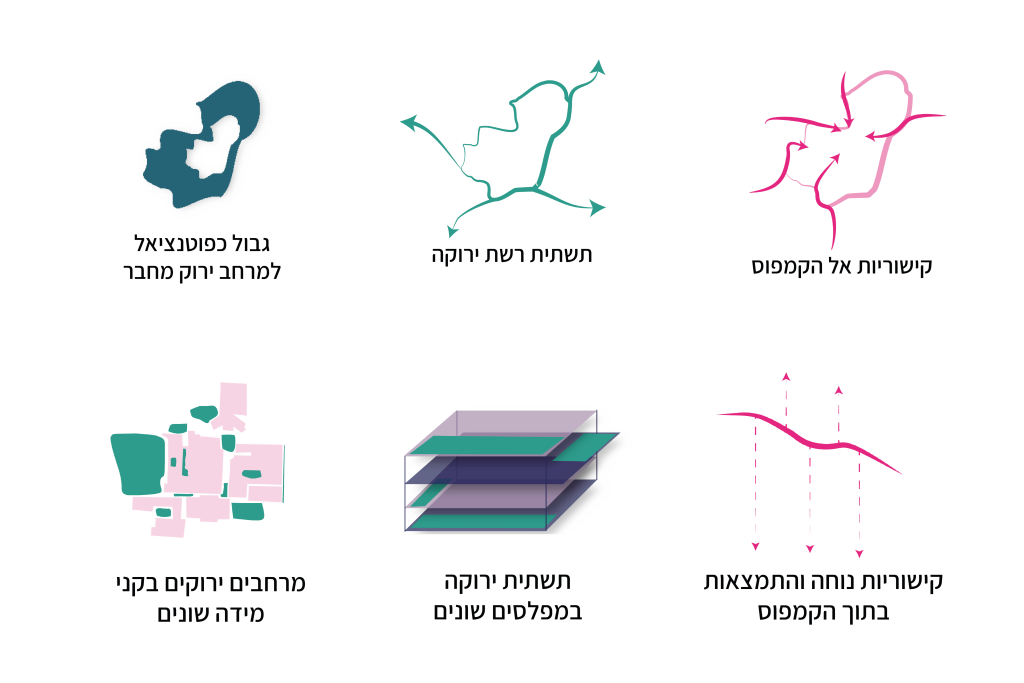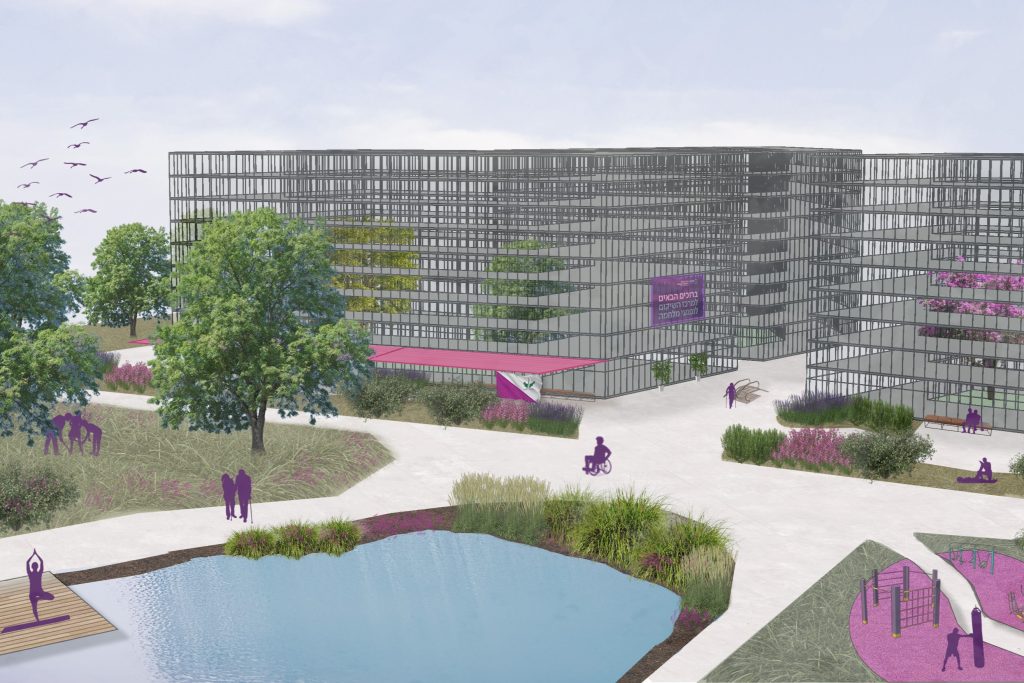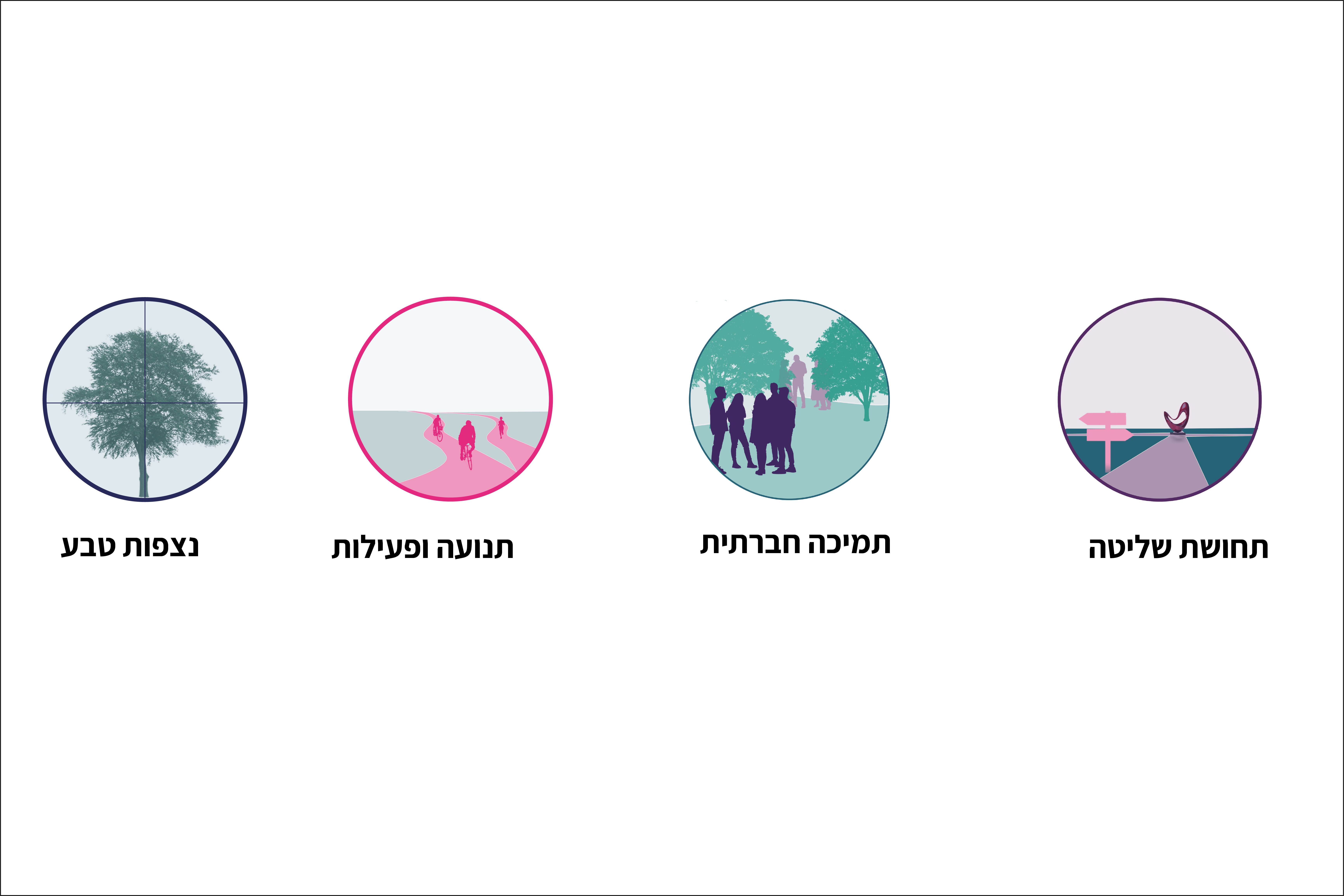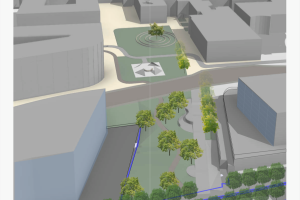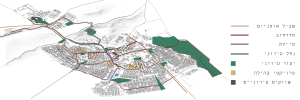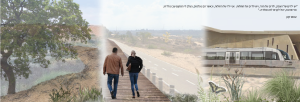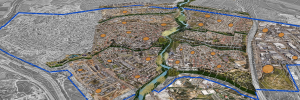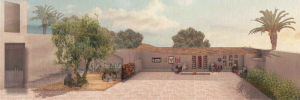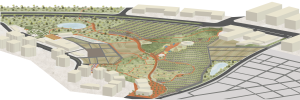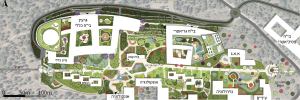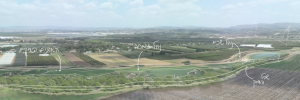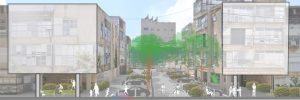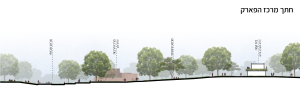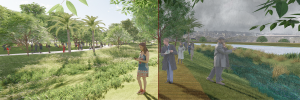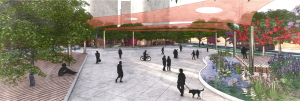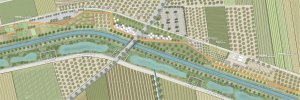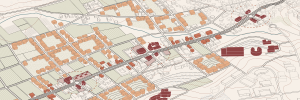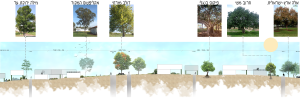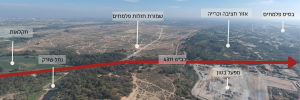Sheba Spirit
Tel Hashomer Hospital is the largest in Israel, and is even referred to as the “Israel’s Health City”. It is one of the leading centers of medical knowledge in the country, serving all its residents. The hospital is located in Ramat Gan and borders Kiryat Ono and Or Yehuda. Like most urban hospitals in Israel, it operates as a closed bubble within the urban space. But it wasn’t always so. When Tel Hashomer was established, it was built as a “kibbutz”, due to its location on a military base, with small buildings and large green spaces between them. This structure influenced the approach of the hospital’s first director, Chaim Sheba, who believed that nature played a central role in the healing process. However, in the early 1970s, after Sheba’s passing and with the growth in population, extensive construction began at the expense of the hospital’s open spaces. Fifty years later, the hospital’s vision is returning to Sheba’s roots, and with it the understanding that open spaces are an integral part of the healing and recovery process.
Tel Hashomer is part of a growing trend of a desire to return open spaces to hospitals. However, the hospital faces significant densification with the construction of new buildings on its 800-dunam (0.8 square kilometer) site. The project proposes rethinking the location of the various departments in relation to the open spaces, taking into account the Sheba 2045 plan, and creating a connection between the departments and the surrounding open spaces. This is done by creating a different hierarchy of open spaces, according to each department’s needs, using tools for therapeutic landscape design.




